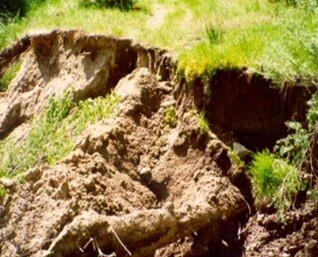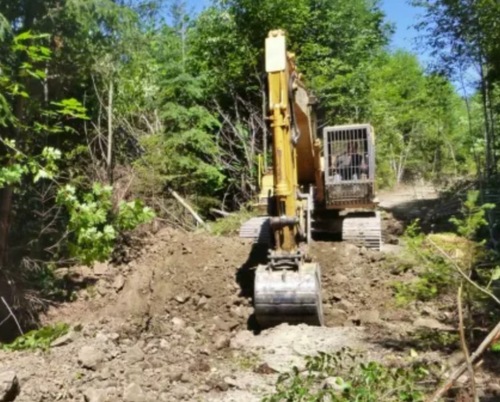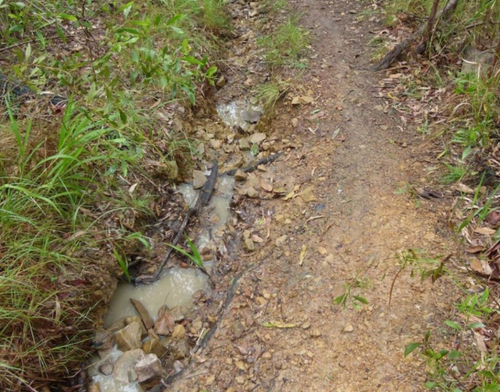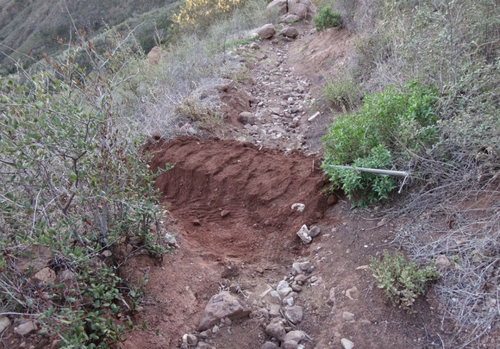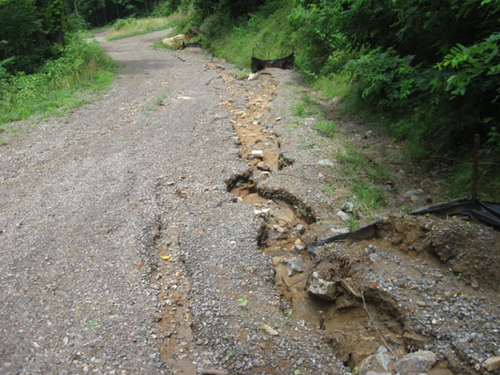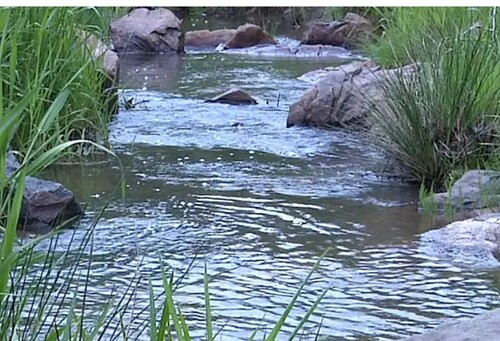Threats to soil fertility and water quality include any combination of over-use, soil erosion/landslide, invasive plants, mechanical disturbance, and intense wildfire. Management practices to restore or improve damaged sites must first address the root cause(s). Loss of streamside vegetation contributes to channel erosion, reduced water quality, and increased stream temperatures. Denuded slopes, compacted surfaces, and erosive roads and trails are notable for concentrating and delivering muddy water directly into aquatic habitats. Unmanaged, cumulative effects of muddy water result in degraded fish habitats, increased water temperatures, reduced availability and diversity of aquatic insects, ultimately reducing native fish populations and species variety.
What I can offer to help you plan…
Recognition and understanding evidence of unstable slopes, degraded stream channels/habitats, and erosive rural roads or trails. Experienced with locating motorized and equestrian trails, and low-standard roads -- including design features to reduce tread erosion and maintenance needs.
Understanding appropriate management options needed to abate erosive soil conditions, restore fish spawning & rearing habitats and instream diversity, locate opportunities and means to divert water run-off from eroding trails and low standard roads, and stabilize/rehabilitate non-complex landslide conditions.
Operational experience constructing livestock fencing through heavy snow areas to protect streams and wetlands. An understanding of benefits, limitations, and applications for using heavy excavation equipment to reduce erosion sources and improve in-stream habitats.
